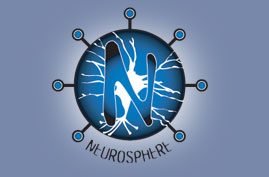Cowboysphere
Personal Infrastructure
Wireless broadband is possible in Laramie Wyoming, without centralized national scale planning. Hmm
LARIAT.NET is a local Internet service provider based in Laramie, Wyoming. Founded in 1993 as a community network and relaunched as a private ISP in 2003, we were the world’s first wireless broadband provider and have more than 11 years of wireless experience. We remain an innovator in wireless technology and Internet security, and are the only Internet provider serving Laramie which is locally owned, locally operated, locally managed, and not a franchise or chain…Get out of the house, dormitory, or office and enjoy a beverage, food, and/or the company of others while you work.
http://www.lariat.net/
